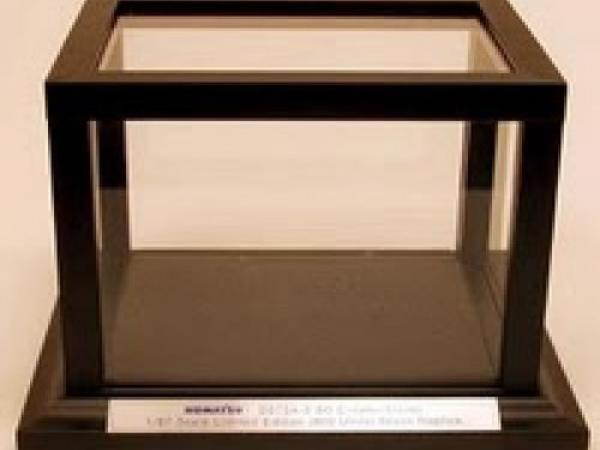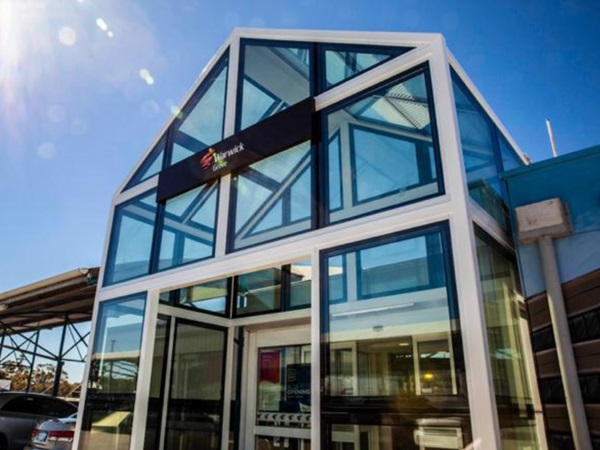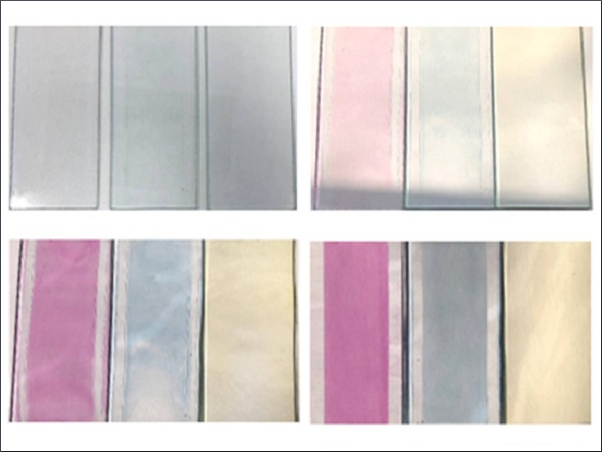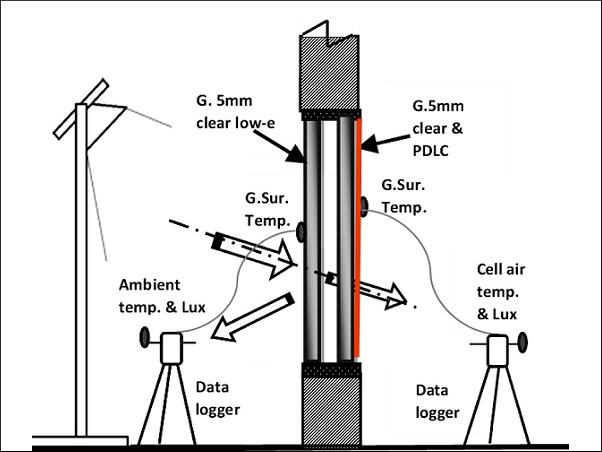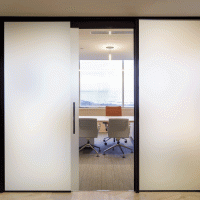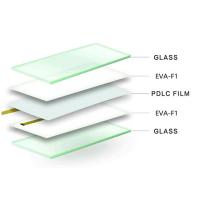by Manoj Phatak, C.Eng, (C) 2011 Domoticware S.L.U
In the museum sector there is a clear dilemma: the more we exhibit works of art, the more light damage they incur; conversely, reducing light levels impedes the safety and enjoyment of visitors. When we interviewed several top museums and firms of museum architects in London and Madrid during 2010/2011, we had to ‘unlearn’ what we thought we knew about the museum sector and this helped us to shape our understanding of the real business needs. One such need is the requirement to balance the conservation of works of art with their exhibition.
Museums tend to apply a One-Size-Fits-All approach to light management, placing entire exhibitions in semi-darkness and then using directed artificial lighting which can cause focussed deterioration on light-sensitive materials.
Instead of putting whole exhibitions in semi-darkness, why not protect just the most light-sensitive objects in darkened display cases, only illuminating them when someone is present?
Of course, this presents a question: what is the optimum ‘balance point’ between protection and exposition to light?
This article attempts to model the optimum light transmittance that a museum display case must offer in order to correctly display works of art but at the same time minimising the deterioration resulting from incident light. It is found that the optimum light exposure depends on factors such as the popularity of the art piece, the light transmittance properties of the display case and the ambient light levels in that part of the museum.
We propose using electronically-switchable (and variably tintable) SPD SmartGlass to ‘tune’ the display cabinet to the needs of each artefact.
This article is based on CIE Technical Report ‘Control of Damage to Museum Objects by Optical Radiation’
Several solution models are presented based on CIE recommended exposure figures for light-sensitive materials and grouped by the CIE categories of light sensitive objects.

2. Light in Museums
The light source is assumed to have a Correlated Colour Temperature (CCT) of between 2900K and 4200 K and a Colour Rendering Index, CRI >= 85.
The display case glass is assumed to be a ‘clear’ glass according to IWA 8:2009 [Ref-3], such that:
- Lightness, L* >= 98.0
- Chroma C* <= 0.5
- Iron oxide content <= 200 mg / kg
- 10mm thickness
- Observer at 10° (see ISO 11664-1)
- Temp: 22ºC +/- 2 [see Ref-3, sect A.3.1]
An observer may perceive light reflected from the object; this appears as a field-of-view dependent Luminance, L.
The display case glass may change its transparency, which is modelled as T. The illuminance incident on the display case is marked as A, of which T% is transmitted by the glass into the display case. This results in B Lux entering the display case and illuminating the object.
The object reflects a fraction R of the light to give off C Lux, of which T% is transmitted by the glass and exits the display case as D lumens / m2.
It is assumed that as long as D is above 10 lumens / m2, the observer will receive a luminance L of 3 cd / m2 in the field of view, sufficient to allow photopic (i.e. colour) vision.
3. CIE Technical Report
The International Commission on Illumination (CIE) in their Technical Report “Control of Damage to Museum Objects by Optical Radiation” [CIE 157:2004] detail the recommended exposure levels according to various categories of light-sensitive objects. We can see that the CIE Category 4 materials (the most light-responsive materials which include silk, photographs, books and paper) should not be exposed to more than 15,000 lux hours per year and should be filtered against infra-red (IR) and ultra-violet (UV) light to limit photo-chemical damage.
3.1 Conservation Models
We try now to find the optimum luminance at the observer, always ensuring minimal light damage on the object.
3.1.1 Non Switchable Glass
The control case for a normal (non-switchable) vitrine where the objects are on display in a museum for J = 3000 hours per year and the glass has T = 95% transmission (typical for a high-clarity museum display case).
This model assumes a non-switchable glass (i.e. it is transparent for Y = 100% of the time).
A representative object reflectance R of 60% is assumed (but this will of course be different for each work of art).
It can be seen in this case that observers would happily receive enough light (L > 3 cd / m2) to be in photopic vision. However, it can be seen that CIE-4 objects are exposed to light levels well in excess of the recommended values and CIE-3 bjects are close to exceeding the recommended limits, resulting in potentially high restoration costs.
Possible solutions include:
- reducing the ambient light levels (A), which may introduce safety concerns or impair vision for some visitors
- reducing the number of hours that the object is exhibited per year (J)
- removing the object from display altogether (J=0)
None of these solutions may give an optimum result for the museum.
3.1.2 Switchable Display Glass with 50% Light Transmittance
The display case uses a glass which can alter its light transmittance by application of an electrical signal (SPD smart glass). The SPD glass which has a maximum transmittance of T=50% is applied only to the display cases housing the CIE-4 objects.
The Duty Cycle Y indicates that the glass is made transparent (i.e. powered) for some percentage of the total time on display which is configurable according to the needs of each work of art.
For CIE-4 objects, the exposure can be controlled within limits by powering the glass only during Y = 20% of the time.
In this configuration a 60cm x 60cm x 30cm SPD glass display case would consume only 5W / m2 x 600 hrs = 2.7 kWh in a year, less than 10% of the consumption of a DVD player [Ref-4].
For CIE-4 objects, the light exiting the display case (called the Exitance, D) would only be acceptable if objects of 90% reflectance re placed in the display case, so giving the luminance L = 3 cd / m2 necessary to allow photopic vision at the observer.
This is one possible solution that may be applicable to some museums.
3.1.3 Switchable Display Glass, Increased Ambient Light Levels and Controlled ON Time
Table 5 shows another possible solution, also with SPD smart glass having 50% maximum transmittance, in which the ambient light levels have now been increased to 70% for CIE-3 and -4 objects, allowing more light into the display case when it is activated. Ideally this would result from only natural lighting.
In this model, CIE-4 objects are now displayed only for 14% of the total time (they can be switched off for the remainder of this time) and the object reflectance figures are modelled as 60% for all object types on display.
In this configuration a 60cm x 60cm x 30cm SPD glass display case would consume only 5W / m2 x 420 hrs = 1.9 kWh in a year.
This solution gives a total light exposure (X) within the limits (P) of all CIE object categories as well as giving sufficient luminance (L) so that observers may view museum pieces with photopic vision. This solution may meet the requirements of some museums.

3.1.4 Conclusion
Depending on various factors such as the SPD glass transmittance, exposure limits per CIE object category and ambient light levels in the museum, there are many possible solutions available which achieve both an optimum luminance at the observer as well as minimal light damage on the work of art.
Of course, each museum would need to investigate further which model would be suitable for their specific requirements towards the conservation of artefacts as well as visitor satisfaction surveys.
These Excel-based models are available for further inspection on request and we can provide further analyses based on concrete values for your specific display requirements.

